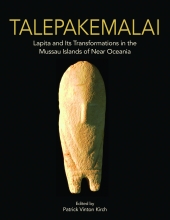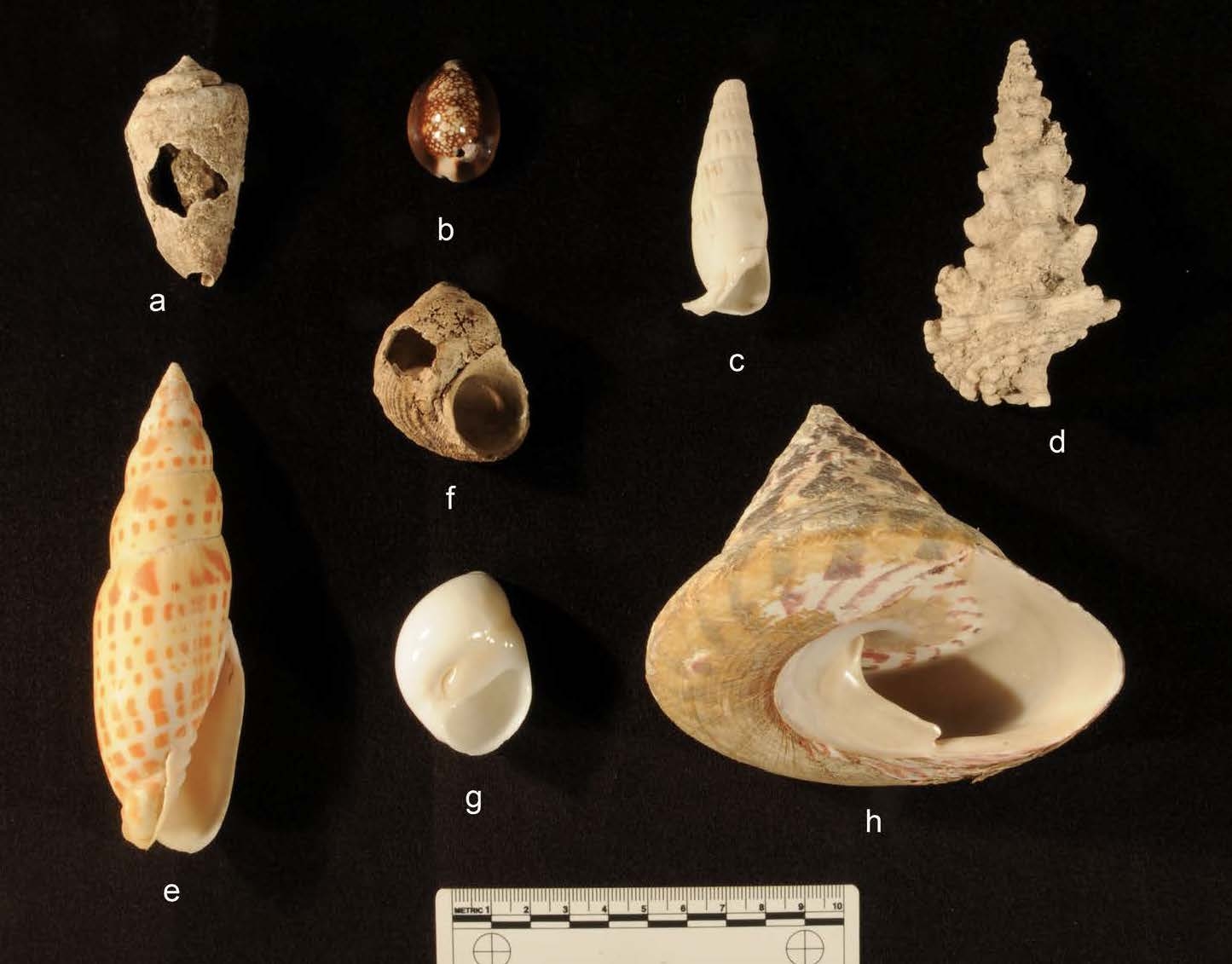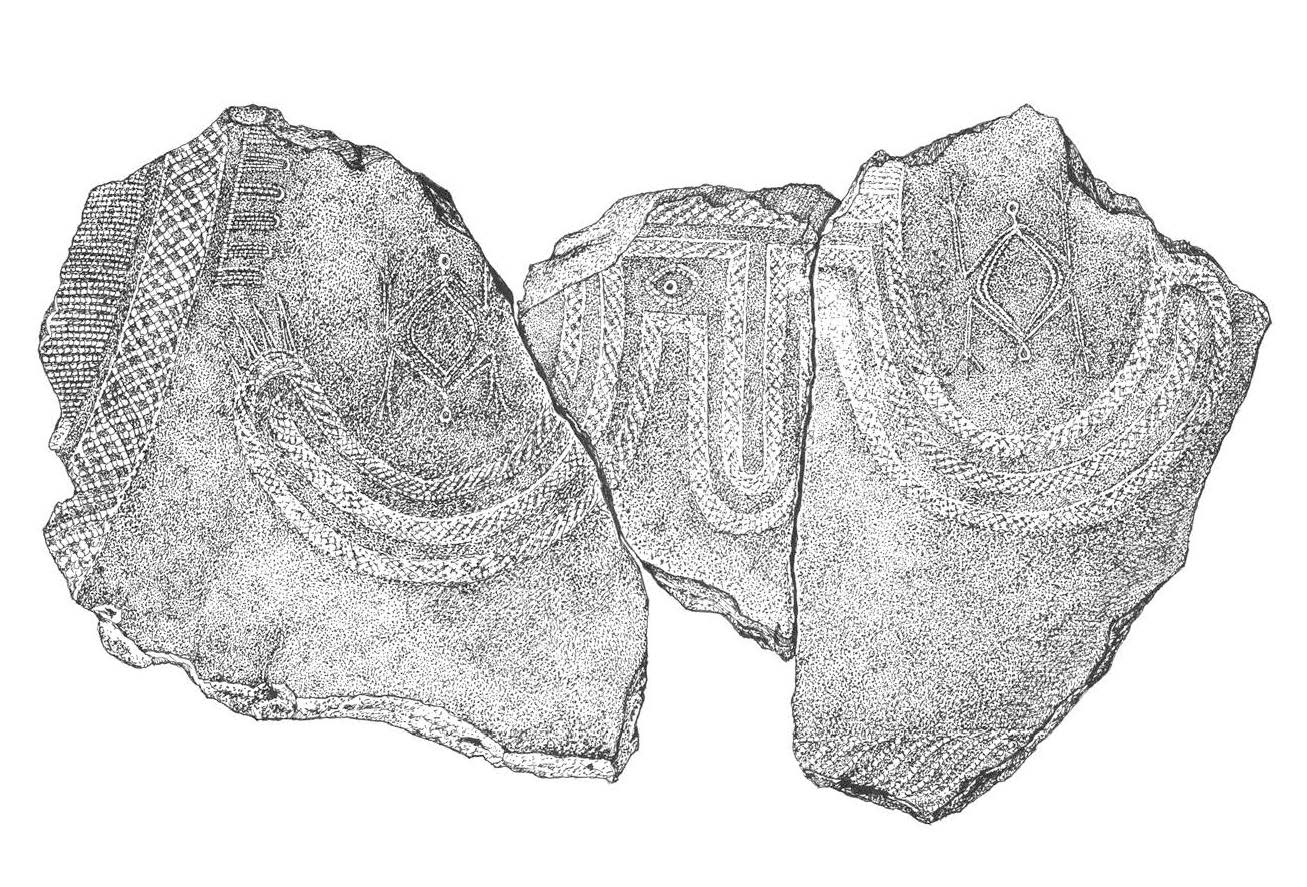
Series: Monumenta Archaeologica 47
ISBN: 978-1-950446-17-9
Publication Date: September 1, 2023
Price: Hb $120, eBook $72
Order this book here!
- Print: Order from our distributor
“This volume has admirably achieved it stated aims, providing us all and future generations with one of the most detailed analyses of a major Lapita site anywhere.”
– Dr. Stuart Bedford, Australian National University for Archaeology in Oceania
The Lapita Cultural Complex—first uncovered in the mid-twentieth century as a widespread archaeological complex spanning both Melanesia and Western Polynesia—has subsequently become recognized as of fundamental importance to Oceanic prehistory. Notable for its highly distinctive, elaborate, dentate-stamped pottery, Lapita sites date to between 3500-2700 BP, spanning the geographic range from the Bismarck Archipelago to Tonga and Samoa. The Lapita culture has been interpreted as the archaeological manifestation of a diaspora of Austronesian-speaking people (specifically of Proto-Oceanic language) who rapidly expanded from Near Oceania (the New Guinea-Bismarcks region) into Remote Oceania, where no humans had previously ventured. Lapita is thus a foundational culture throughout much of the southwestern Pacific, ancestral to much of the later, ethnographically-attested cultural diversity of the region.

Talepakemalai is a single integrated volume in which all of the results of the Mussau Project, including more recent analyses of chronology, obsidian, ceramics, and faunal remains, are brought together. It thus presents the definitive final report on the excavation not only of Talepakemalai, but also of all of Lapita and post-Lapita sites investigated during the Mussau Project.


Table of Contents
Chapter 1: Introduction: Talepakemalai and the Mussau Project in the Context of Lapita Archaeology. Patrick Vinton Kirch
Chapter 2: The Mussau Islands: Natural and Cultural Environments. Patrick Vinton Kirch (with a contribution by Carla P. Catterall)
Chapter 3: Excavations at Talepakemalai (Site ECA). Patrick Vinton Kirch
Chapter 4: Excavations at Other Lapita and Post-Lapita Sites of Mussau. Patrick Vinton Kirch, Marshall I. Weisler, and Nick Araho
Chapter 5: Radiocarbon Dating and Chronology of the Mussau Sites. Patrick Vinton Kirch
Chapter 6: Vertebrate Fauna from the Mussau Sites: Reptiles, Birds, and Mammals. Patrick Vinton Kirch
Chapter 7: Fish Remains from the Mussau Islands Sites. Virginia L. Butler
Chapter 8: Mollusks and Other Invertebrate Fauna from the Mussau Sites. Patrick Vinton Kirch
Chapter 9: Human Impacts on Prehistoric Mollusk Populations of Mussau Coral Reef Habitats. Carla P. Catterall and I. R. Poiner
Chapter 10: Macrobotanical Remains from Talepakemalai (Site ECA) and the Case for Lapita Arboriculture. Patrick Vinton Kirch
Chapter 11: Ceramic Assemblages of the Mussau Islands. Patrick Vinton Kirch and Scarlett Chiu
Chapter 12: Sand Tempers in Mussau Ceramics: Evidence for Ceramic Transfer from Multiple Unspecified Localities with the Bismarck Archipelago. William R. Dickinson
Chapter 13: Non-Ceramic Portable Artifacts from Talepakemalai and Other Mussau Sites. Patrick Vinton Kirch
Chapter 14: Mid- to Late-Holocene Obsidian Importation in the Mussau Islands. Melinda S. Allen
Chapter 15: Portable X-Ray Fluorescence (pXRF) Analysis of Obsidian from the Talepakemalai (Site ECA). Callan Ross-Sheppard
Chapter 16: Obsidian Tool Production and Use at Talepakemalai (Site ECA). Melinda S. Allen
Chapter 17: Petrography of Manuports from Mussau Archaeological Sites. William R. Dickinson
Chapter 18: Lapita and Its Transformations in the Mussau Islands. Patrick Vinton Kirch
